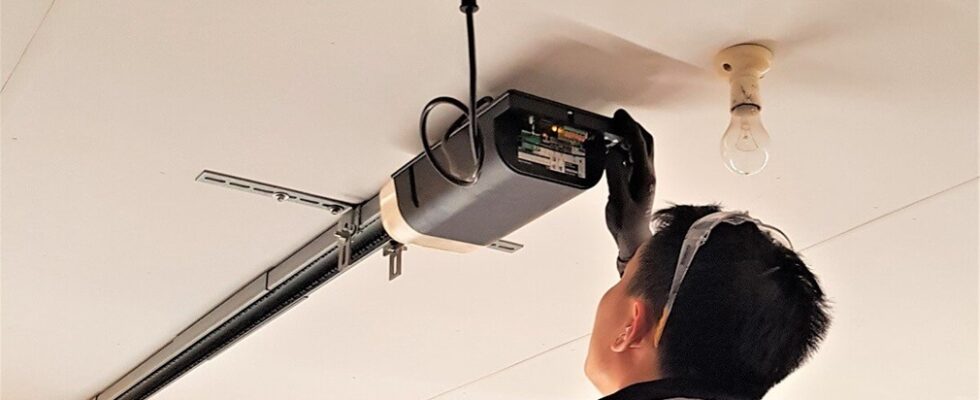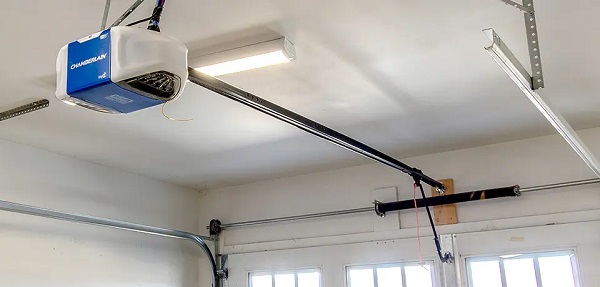Maintaining a garage door might not be the most glamorous aspect of home ownership, but it is crucial for ensuring safety, functionality, and longevity. A well-maintained garage door not only enhances curb appeal but also provides reliable operation and reduces the likelihood of costly repairs. This guide offers essential tips and tricks for garage door maintenance, focusing on key components like the garage door motor and garage repair practices.
Understanding the Importance of Regular Maintenance
A garage door is a complex system with multiple moving parts, including springs, cables, rollers, and the garage door motor. Regular maintenance is vital for preventing wear and tear, avoiding breakdowns, and extending the lifespan of the door. Neglecting maintenance can lead to malfunctioning components, safety hazards, and costly repairs.
Garage Door Motor: Ensuring Optimal Performance
The garage door motor, also known as the opener, is the heart of the system. It controls the movement of the door and is responsible for its smooth operation. Regular attention to the motor is essential for maintaining performance and avoiding potential issues.
-
Lubricate the Motor Components
Regular lubrication is key to preventing friction and ensuring the garage door motor operates smoothly. Apply a light, non-corrosive lubricant to the motor’s moving parts, including the chain or belt drive and the trolley. Avoid using heavy grease, as it can attract dust and debris, which may affect performance.
-
Check and Adjust the Motor’s Settings
Most modern garage door motors come with adjustable settings for force and travel limits. Periodically check these settings to ensure they are correctly calibrated. An incorrectly set motor can cause the door to close too hard or not fully open, potentially leading to safety issues or damage.
-
Inspect the Motor’s Electrical Components
Regularly inspect the electrical components of the garage door motor, including the power cord and connectors. Look for signs of wear or damage, such as frayed wires or loose connections. If you notice any issues, address them promptly to prevent electrical failures or safety hazards.
-
Test the Safety Features
Modern garage door motors are equipped with safety features like auto-reverse and motion sensors. Test these features regularly to ensure they are functioning correctly. For instance, place a small object in the door’s path while closing it to check if the auto-reverse feature activates. Properly functioning safety features are crucial for preventing accidents and injuries.
Garage Repair: Addressing Common Issues
While regular maintenance helps prevent many issues, garage door repairs are sometimes inevitable. Understanding common problems and how to address them can save time and money.
-
Inspect and Maintain Springs
Garage door springs are under significant tension and play a critical role in the door’s operation. Over time, they can become worn or damaged. Inspect the springs for signs of rust, gaps, or deformation. If you notice any issues, it’s important to contact a professional for garage repair or replacement, as working with garage door springs can be dangerous.
-
Replace Worn Rollers and Cables
Rollers and cables are integral to the smooth movement of the garage door. Worn or damaged rollers can cause the door to operate noisily or unevenly. Similarly, frayed or broken cables can lead to door malfunctions. Regularly inspect these components and replace them as needed to ensure reliable operation.
-
Address Misaligned Tracks
Misaligned tracks can cause the garage door to operate erratically or get stuck. Check the alignment of the tracks by examining the door’s movement. If you notice any misalignment, adjust the tracks using a wrench and screwdriver, or contact a professional for assistance. Properly aligned tracks are essential for smooth and safe door operation.
-
Keep the Door Clean and Free of Debris
Dirt, dust, and debris can accumulate in the tracks and other components, leading to potential issues. Regularly clean the garage door and its components to keep them free of debris. Use a soft cloth to wipe down the door’s surface and a vacuum or brush to clean the tracks.
Conclusion
Proper garage door maintenance is essential for ensuring longevity, safety, and optimal performance. By paying attention to the garage door motor and addressing common repair issues, homeowners can avoid costly breakdowns and extend the lifespan of their garage door system. Regular lubrication, inspection, and cleaning, combined with timely repairs, will keep your garage door operating smoothly and efficiently for years to come.



